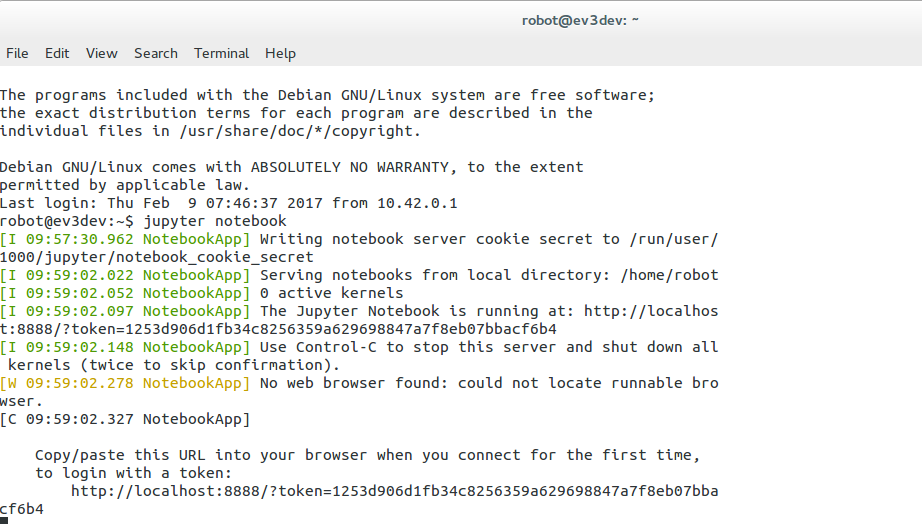
Set yourself at home and install them with pip3.įor modules that require compilation and special library, say crypto, do it like this: CFLAGS="-I/Library/Developer/CommandLineTools/Library/Frameworks/amework/Versions/3.7/include" \ For my personal use, I need the complete machine learning, data wrangling and Jupyter suite: pip3 install -user sqlalchemyīut you might need other things as Django or other sqlalchemy drivers. Don’t forget to use –user to get things installed on your home folder so you won’t pollute your overall system. Now that you get a useful Python 3 installation, use pip3 to install Python modules that you’ll need. Rm -rf $/Library/Caches/pip Install Python Modules

In case you already have Python installed under your user and modules downloaded with pip, remove it: If you already have complete Xcode installed, this step was unnecessary (you already had Python 3 installed) and you can continue to the next section of the tutorial. Settings window will pop so wait 5 minutes for the installation to finish. This way, every time Apple releases an update, you’ll get it. To get it installed (without the heavy Xcode GUI), type this in your terminal: xcode-select -install Python 3 is shipped by Xcode Command Line Tools. You don’t need to get the awful Anaconda on you Mac to play with Python. But you can still get 3 from Apple, updated regularly through system’s official update methods. Open up a terminal and type ‘conda activate’.MacOS Catalina doesn’t ship with Python 3, only 2. Download the conda package manager and install the appropriate version for your operating systemīefore you install the modules, you want to set up your own environment to prevent conflicts with your default setup.Mac OS/Linux/(Windows is still experimental at the time of this article).Together, these two frameworks allow for seamless interactive computing.

I began looking for an interactive computing solution in C++ and eventually came across Xeus a C++ kernel for Jupyter Notebook and Xeus-Cling a C++ interpreter. C++ was the obvious answer in terms of language choice. However, recently I’ve been working on integrating a model into a piece of software where low latency is vital. Python is the language of choice for data scientists as it integrates seamlessly with Jupyter Notebook allowing for carefully placed analysis and explanations alongside code modules. When I’m experimenting with models I typically prefer to have my math and code in the same place.


 0 kommentar(er)
0 kommentar(er)
